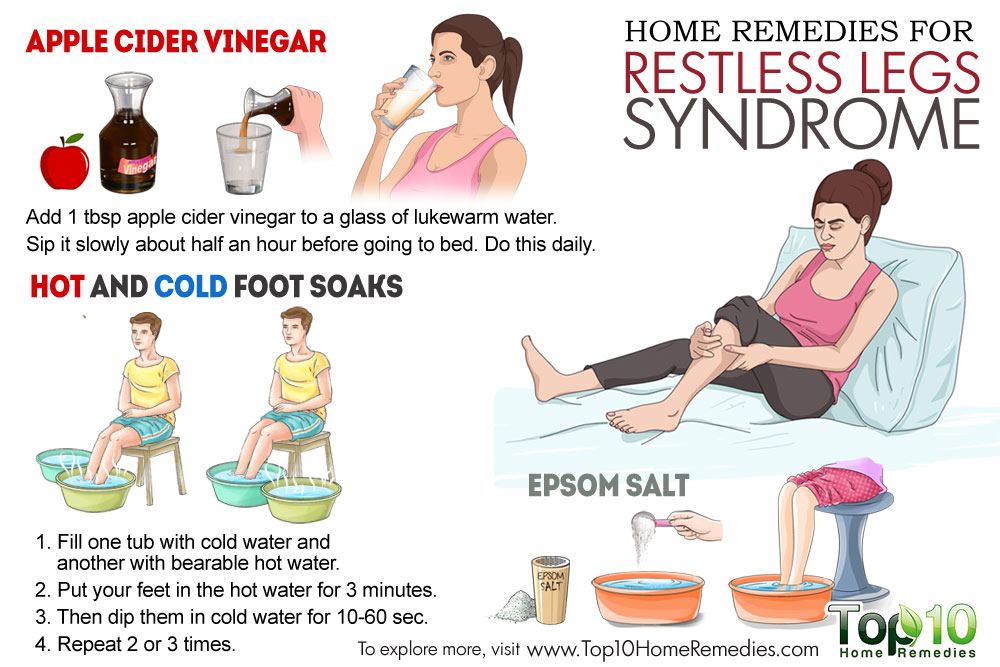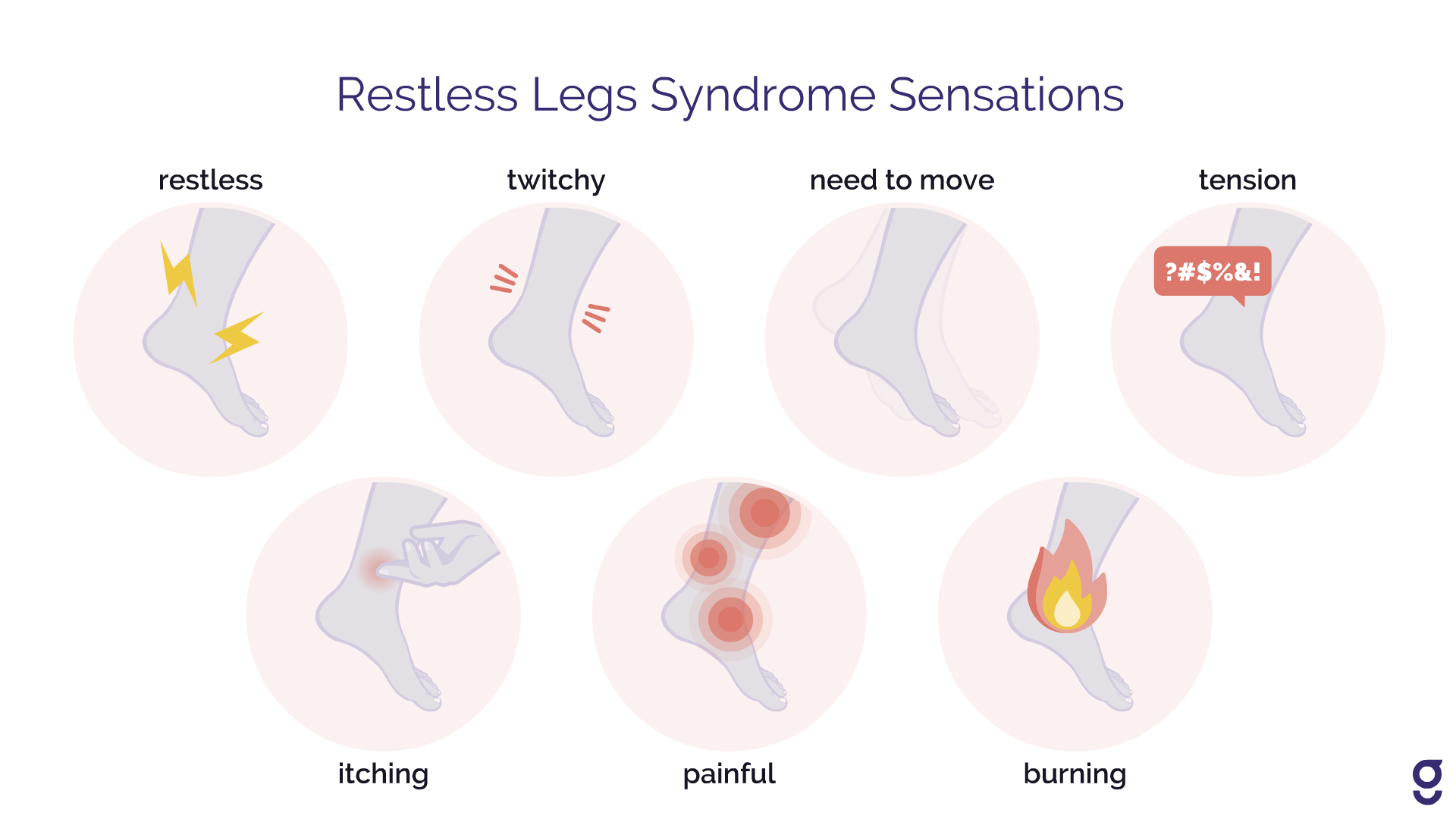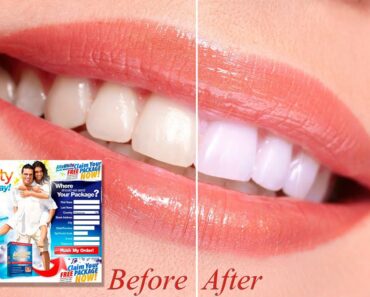Restless legs syndrome can be difficult to deal with. It causes leg twitching, jerking, and pain that makes it hard to sleep. Some of the best ways to sleep better include waking up at the same time every day and sleeping later in the evening. Practicing proper sleep hygiene is essential to breaking the vicious cycle of twitching and fatigue. Try to get at least seven to nine hours of sleep every night.
Exercise relieves restless legs symptoms

If you suffer from restless legs syndrome (RLS), exercising can help ease your discomfort. Stand up on your tiptoes to stimulate your calves and take a walk to stretch your leg muscles. There are several exercises that can help you get rid of RLS, and Bommarito offers some of them. You can also try to meditate and do yoga. Exercise is important for relieving RLS symptoms because it improves your overall health and helps you relax.
For RLS sufferers, moderate daily exercise can be beneficial. Moderate exercise will help relieve RLS symptoms, but avoid strenuous activity, which can make the problem worse. You should also avoid nicotine, as this will interfere with blood flow to your muscles. Caffeine is also a trigger for RLS, so you may want to stay away from it if you can. However, for many people, caffeine may help relieve the symptoms.
Massage relieves tingling
Many people with restless leg syndrome (RLS) have experienced relief with massage. This treatment is effective for mild to severe cases of RLS. People can perform self-massage or get a professional to perform it for them. Depending on the severity of the RLS, massage can relieve symptoms as well as provide other benefits. It can also help you manage symptoms of RLS by promoting healthy circulation.
For a more permanent solution, patients can undergo a deep tissue massage. This massage can help relieve the tingling sensation caused by restless leg syndrome and help sufferers get a good night’s sleep. It can also be used to treat the stress associated with the condition. By reducing stress and boosting relaxation, a licensed massage therapist can help the patient sleep soundly and reduce RLS symptoms.
TENS therapy reduces aching
TENS therapy has shown a potential for reducing the aching in restless legs. The study examined pain thresholds and the effects of TENS on patients with fibromyalgia. It found that patients who received TENS therapy had increased pain thresholds beyond the site of stimulation. Furthermore, TENS has the potential to activate central pain inhibition mechanisms. The FS-TENS database includes patient data such as demographics, pain intensity and duration, and daily pain ratings.
The FS-TENS study was a retrospective cohort study that examined changes in chronic pain over 60 days. The researchers obtained data from study participants by uploading their clinical records to an online database. The primary outcomes measured pain intensity, pain interference with activity and mood, and pain sensitivity. The study included data from 7,133 people, a proportion of whom met the inclusion criteria. Participants were predominantly overweight, female, and had more painful conditions than the control group.
Stretching relieves urge to move legs
Several types of stretches can help with restless leg syndrome and alleviate its symptoms. Calf stretches are an excellent way to relax tight calf muscles and reduce the urge to move your legs. To begin the calf stretches, find a comfortable place to stand or sit and straighten your right knee, while raising your toes toward your shin. Hold this stretch for 10 seconds, and then release by relaxing the ankle. Repeat the process three times.
A hip stretch is a good exercise for your hips. Begin by kneeling on the floor. Next, stretch your hip flexor muscles by pressing your knee toward your buttock. Your right hip should feel a stretch. Remember to keep your upper body straight and your shoulder parallel to the ground while performing this stretch. Hold this stretch for 20-30 seconds and alternate legs if necessary. Stretching is a great way to combat restless leg syndrome.





